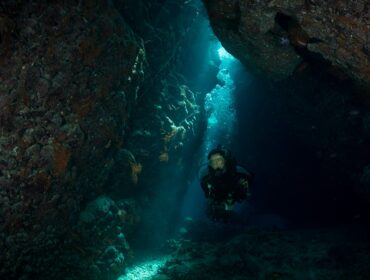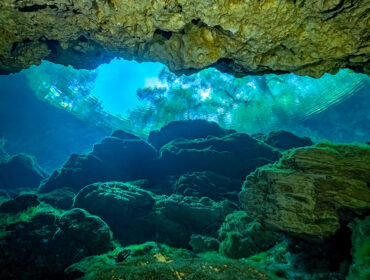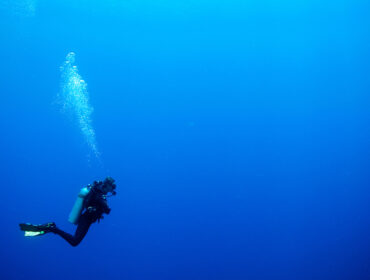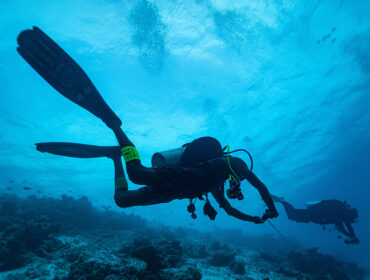Cave diving takes the hands of thrill-seekers and pulls them right into the mysterious and surreal underwater world of caves. Buuut, let’s face it! This is nowhere near a typical snorkel session. This is one of the most high-stakes underwater activities, with lots of cave diving risks. And, yes, that means even the tiniest mistake while you’re diving in a cave might mean you’ll never get back out.
We all know that the allure of these natural wonders is undeniable! However, it’s best to be extra extra extra careful. The dangers and risks down there are not to be taken lightly.
Why is cave diving dangerous?
To start, this type of diving is a high-pressure, low-light environment. The stakes are as high as they can get! I mean, for those who live for the thrill, I understand that the beauty and mystery of these underwater mazes are impossible to resist. But unlike recreational scuba diving, cave diving involves navigating narrow passageways with no direct access to and vision of the surface. On top of all that, there is a need for specialized equipment, strict planning, and advanced skills. Now, you might find it easier to understand why this activity is considered one of the most hazardous adventures around.
But what specifically makes cave diving so perilous? Let’s talk about it down below.
Key hazards in cave diving
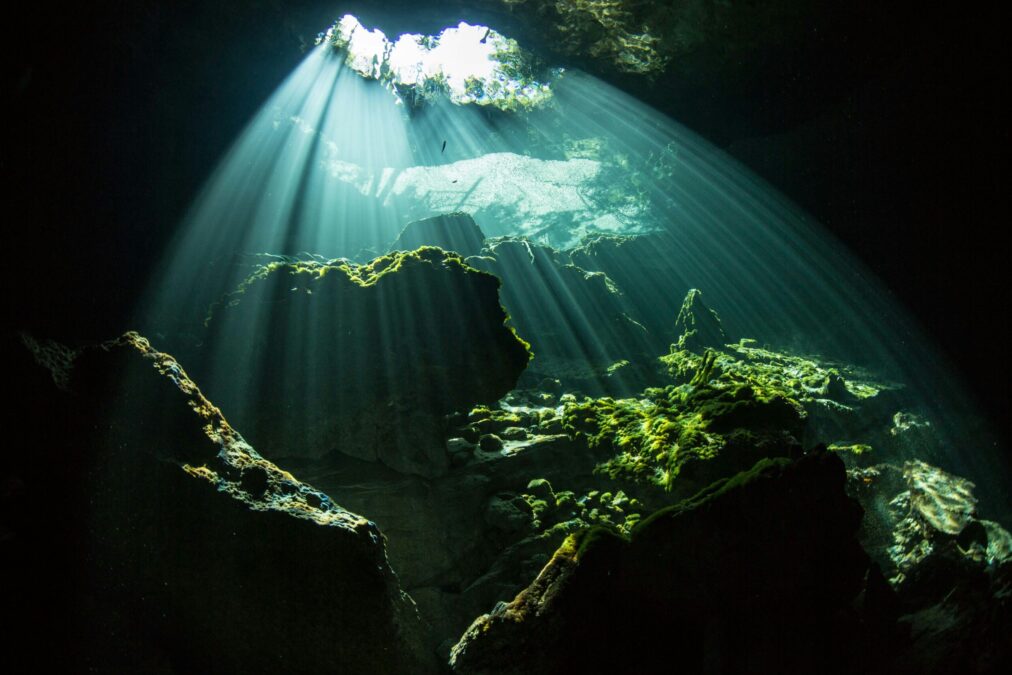
1. Getting lost: The Labyrinth Effect
What if you’re gliding through an underwater cave then when you turn around, and — wait, wasn’t that rock over there? No, maybe it was this one! Oh no…
Be warned of the labyrinth effect, where everything starts to look the same. Losing the guideline marking the route in and out is one of the leading causes of cave diving accidents. Without it, divers lose their sense of direction. And since we’re just human, panic often follows. Tragically, this is how many cave diving deaths occur.
How to not fall prey to the labyrinth effect: Practice following a guideline in zero-visibility scenarios to prepare for worst-case conditions. The only way to save yourself in the future is consistent training and a disciplined approach.
2. Running out of gas
Time slips right through your fingers when you’re doing something you truly enjoy. And in cave diving, time is not the only thing that quickly runs out, it’s your gas supply. Eek! In open water diving, you can simply ascend to the surface in an emergency. Unfortunately, the same cannot be said by cave divers, who are confined by the overhead environment. If you run out of gas, there’s no surfacing for a big gulp of air.
How to manage your gas wisely during cave diving: Follow the “Rule of Thirds” religiously: use one-third of your gas for entry, one-third for exit, and keep that final third as your oh-no-this-is-bad emergency stash.
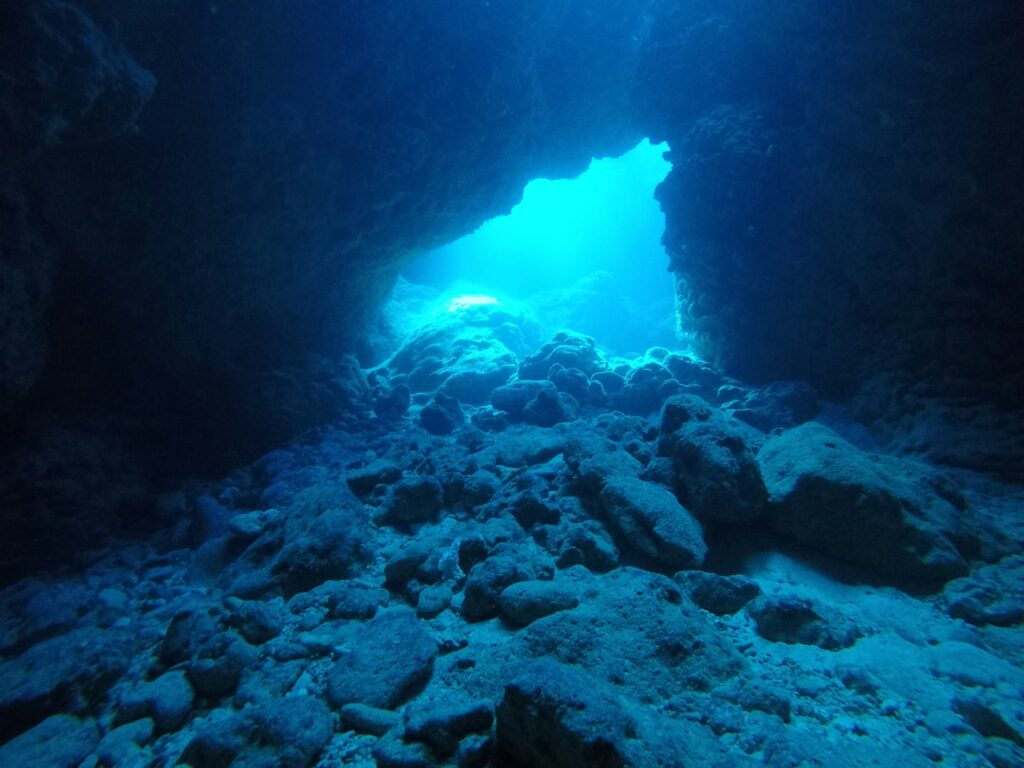
3. Loss of visibility
One too-strong fin kick is all it takes to go from experiencing a National Geographic firsthand to becoming a horror story for your dive buddies. Things like silt on the cave floor can turn crystal-clear water into a murky nightmare, reducing visibility to zero faster than you can say, “Where’s my buddy?”
And before you shrug it off and say this’ll never happen to you, just know that seasoned divers can lose their sense of direction, their buddy, or their precious guideline in these conditions, too.
How to lessen your likelihood of losing visibility in cave diving: Master buoyancy control like your life depends on it. In this scenario, it does.
4. Equipment malfunction
Imagine you’re in the heart of a cave and your regulator decides now’s a great time to malfunction. Fun! (Not!) Equipment failure in a cave isn’t just inconvenient. Oh, buddy, it can be deadly. With no proper training, resolving these issues in the claustrophobic confines of a cave is freakishly difficult.
How to prevent equipment malfunction: Invest in high-quality and cave-compatible gear like your life depends on it. A hefty price tag, I know, but it’ll save you your life. Redundancy is your best friend, okay? So, pack backup lights, regulators, and anything else you can double up on.

5. Tight restrictions
Even imaging crawling through a tight attic space is nerve-wracking. Now, imagine doing it underwater with a heavy tank on your back. Some cave systems feature passageways so complex and narrow that divers have to remove equipment or perform Houdini-like (for real) contortions to get through. Getting stuck is not just uncomfortable — it’s downright terrifying.
How to go about tight spaces while diving: Know your limits. I know it’s tempting but seriously. If your body is rejecting the thought of shimmying through a space the size of a mailbox, don’t even try. The cave isn’t going anywhere, but your air supply sure is.
6. Hypothermia
Cave diving in tropical countries still have a risk of the water temperatures plummeting. Extended exposure to cold waters can sap your body heat faster than you’d expect, leaving you shivering and, you might not realize it quick enough, dangerously impaired.
How to prevent hypothermia during cave diving: Wear the right thermal protection. This could mean getting yourself a drysuit or a super-thick wetsuit.
Lesser-known hazards
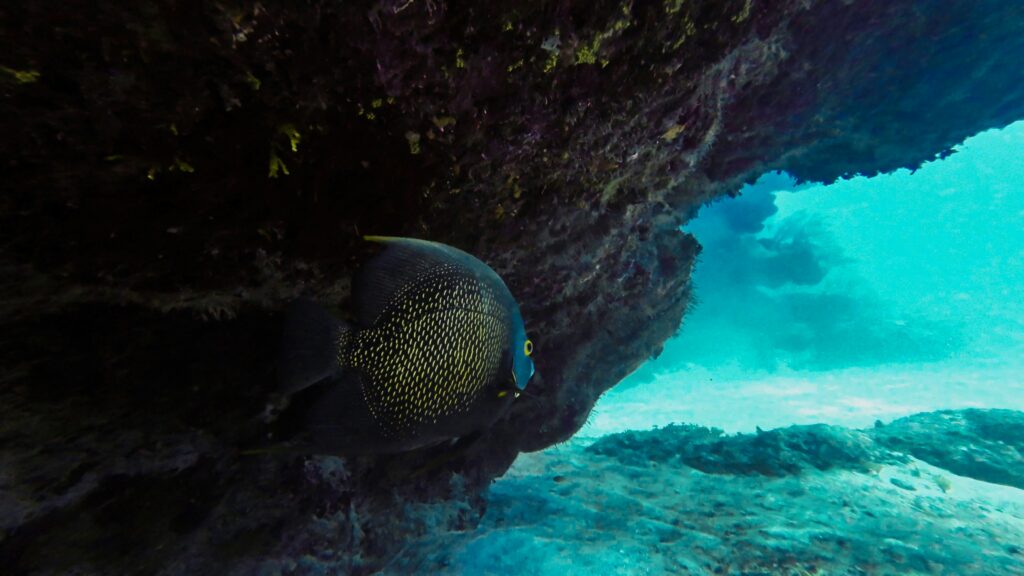
Changing conditions
Things like strong winds or a shifting current in open water might be inconvenient during open water diving. But, in cave diving, they can turn deadly. A sudden change in conditions, like unexpected currents or surges, can make navigating back to the exit a daunting challenge.
How to handle changing conditions underwater: Research or ask around about the cave’s typical conditions. Other than that, it’s great to check weather forecasts. Never dive during storms or unpredictable weather, okay?
Flow reversal and siphons
Every once in a while, Mother Nature loves to keep us on our toes. But in this case, fins. In some caves, water flow can suddenly reverse. It makes progress feel like swimming against a treadmill. Yikes. Add unexpected siphons and you’ve just got a recipe for exhaustion.
How to prepare for flow reversal and siphons: Research the cave’s water conditions beforehand and avoid diving during/after storms or heavy rainfall.
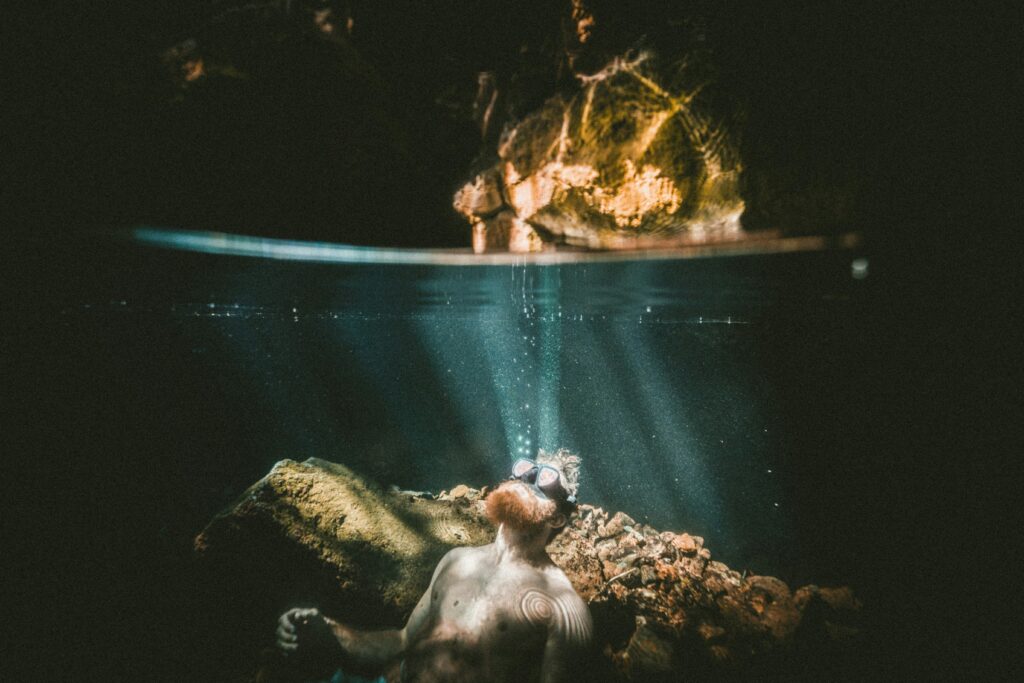
Toxic gases in air pockets
Air pockets in caves look like scenes from an action movie. And no matter how much you want to star in your own dive movie, don’t trust them. They may have toxic gases like carbon dioxide or methane, which can knock you out pretty fast.
How to avoid being caught up in hazardous air pockets: Never rely on air pockets for breathing. Treat them as “better-than-nothing” emergency measures only.
The reality of cave diving risks and accidents
Even if you have rigorous training and preparation, cave diving risks can pop out and cave diving accidents still occur. The cave diving death rate, though relatively low compared to the total number of dives, serves as a stark reminder of the risks involved. Most fatalities are attributed to human error, though, such as insufficient training, poor gas management, or ignoring safety protocols. Try your best to be more prepared.
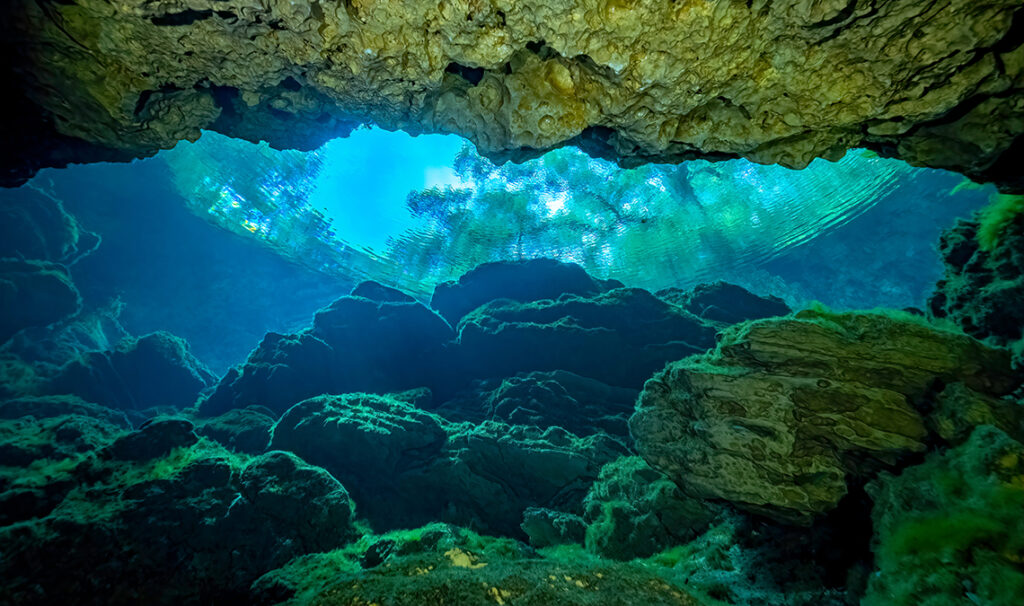
The allure of cave diving
Despite cave diving risks, the experience still offers a unique experience that is hard to find in any other activity. See the beauty of blue holes and coral caves firsthand, and you fall prey to the haunting allure of the underwater world. The key to enjoying this incredible adventure lies in respecting its dangers and approaching it with the right mindset, training, and equipment.
Dive smart, dive safe, and let the mysteries of the underwater world unfold, all in one careful step (or fin kick) at a time!



